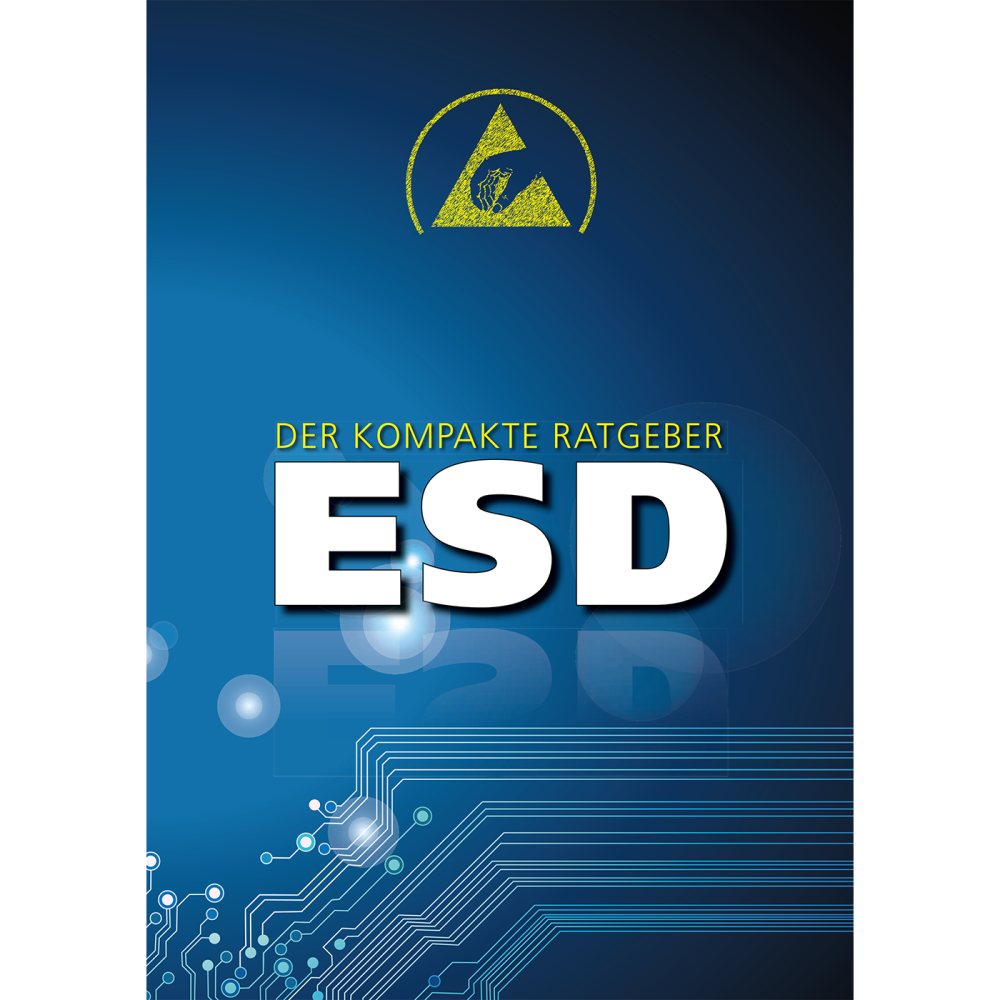German ESD network - KARL is part of it!
EVERYTHING ABOUT ESD
THE GERMAN ESD NETWORK
Everything from a single source and the best expertise in the field of ESD protection and prevention of ESD damage - that's what the German ESD networkconsisting of the four companies KARL, KEINATH, nora and Wanzl.
From planning a new EPA (Electrostatic Protected Area), to selecting the right ESD flooring, to access controls, to workstations and the necessary equipment and tools, the four companies offer the hardware as well as the expertise to make your production ESD-safe.
In addition, the ESD network offers audits (certification of EPAs), training programmes, inspections of ESD protection zones as well as seminars and training courses for your employees.
To prevent damage to electrostatically sensitive components, the German ESD network has published a compact ESD guide. On 32 pages, it explains the formation of electrostatic charges, the resulting potential hazards, how to avoid them and how to set up an EPA (Electrostatic Protected Area), as well as listing the currently applicable standards and terminology.
Short, concise, easy to understand and attractively presented, we would like to provide you with this guide free of charge as a company-internal source of information for your employees. Interested? Then use the download for our ESD guide. We would also be happy to send you a paper copy.

ESD RULES OF BEHAVIOUR
Whether employees, visitors or business executives: In the case of electrostatically sensitive components, each individual within an ESD protection zone must adhere to the rules. This is the only way to effectively prevent damage and guarantee the function and reliability of your own products.
- Employees must be convinced of the necessity and effectiveness of ESD protection measures. This requires targeted training with competent and convincing instructors!
- Every employee in an electronics production facility must be familiar with the relationships between the generation and effects of electrostatic charge.
- ESD protective measures apply to all persons entering the EPA. Therefore, short-term employees, supervisors and visitors must also be equipped with ESD protection.
- ESD protective measures apply to every stage of production. They are defined by the ESD officer and apply without restriction.
- The effectiveness of the personal earthing measures must be checked daily before entering the EPA and this must be documented.
- Defective or missing ESD protection measures on equipment and machines as well as potential sources of danger must be repaired or reported immediately.
- ESD personal protective equipment may only be worn and handled in the prescribed manner. This is the only way to ensure that charges are prevented and dissipated accordingly.
- Conductive floors and ESD-suitable surfaces may only be treated with the prescribed cleaning and care products. Otherwise their conductivity may be impaired.
- Only ESD-suitable containers and packaging materials may be used within the EPA. Unsuitable packaging materials must remain outside the ESD area.
- Important handling rules must be observed when processing ESD-sensitive components and assemblies.
Hazardous components and assemblies must never be placed on metallic surfaces, as there is a risk of a hard discharge. Similarly, insulating trays or chargeable materials must not be used.


 DE
DE